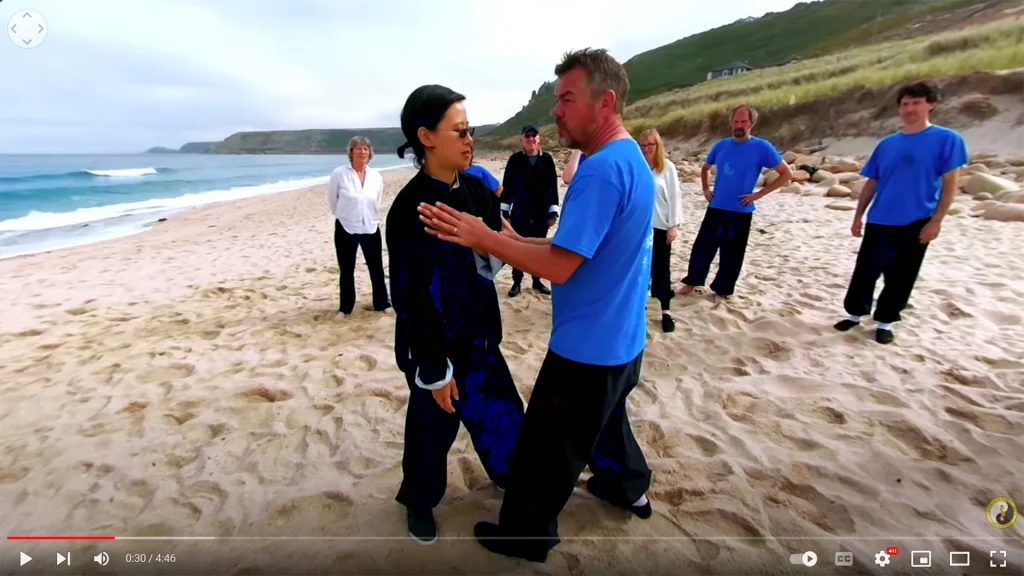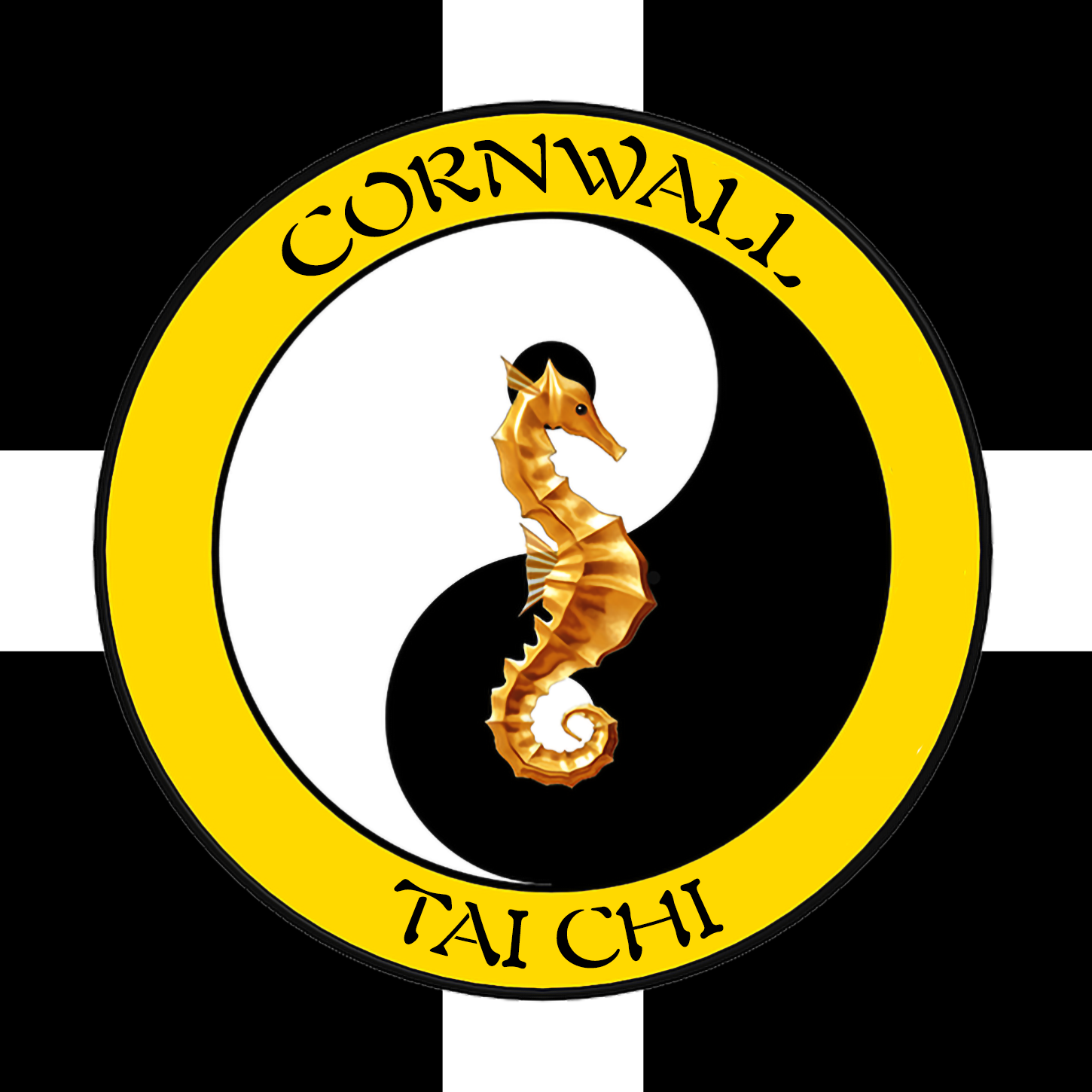
Tai Chi, a centuries-old Chinese martial art, has evolved as a healing practice that combines gentle movements, meditation, and deep breathing. Today, many are turning to this ancient art not just for its physical benefits, but for its profound therapeutic effects, particularly in the realm of trauma and post-traumatic stress disorder (PTSD).
Understanding Trauma and Its Effects on the Qi
Before we delve into the efficacy of Tai Chi in treating trauma, it’s crucial to understand trauma itself. Trauma, whether it’s a singular event or a series of distressing experiences, has a profound impact on both the body and the mind. According to traditional Chinese medicine (TCM), trauma causes the Qi (pronounced “chi”), or life energy, to scatter.
Our Qi, flowing through meridians or energy channels, is responsible for maintaining the harmony of our bodily functions. A disruption in this flow, such as from traumatic shock, can lead to a multitude of physical, emotional, and mental challenges.
One organ significantly affected by shock is the heart. In TCM, the heart is believed to store the Shen or consciousness. When trauma strikes, it can disturb the storage of Shen, leading to numerous psychological symptoms like:
- Lack of mental focus
- Brain fog
- Anxiety
- Memory problems
Enter Tai Chi: Mending the Scattered Qi
Tai Chi is not just an art of movement; it’s a dance of energy, promoting the focus of the mind and the balance of Qi. When you watch Tai Chi practitioners, you can observe their absolute concentration, their movements embodying grace, control, and serenity. Here’s how Tai Chi addresses trauma:
- Calming the Mind: Tai Chi’s rhythmic and slow-paced movements, synchronized with mindful breathing, act as a meditative practice. This meditation calms an overactive mind, disturbed by trauma, creating a space for healing.
- Restoring Mental Focus: The heart, once affected by shock and the scattering of Shen, results in a foggy mind and lack of focus. Tai Chi’s emphasis on intent and mindfulness helps sharpen the mind and regain its lost focus.
- Improving Relaxation: Trauma often leaves the body in a constant state of tension and alertness. Tai Chi, with its gentle movements, releases this pent-up tension and ushers in relaxation.
- Directing the Qi: With trauma, the Qi becomes chaotic. Tai Chi provides a pathway, guiding the Qi back to its harmonious flow, ensuring that it nourishes every organ, especially the heart.
Tai Chi: A Martial Art of Calm in the Face of Disruption
Another intriguing aspect of Tai Chi is its origin as a martial art. At its core, Tai Chi teaches the practitioner how to maintain calm and poise, even in the face of potential threats. In modern society, while we may not face physical confrontations daily, the underlying principle remains invaluable: staying centered amidst disruptive influences, be it a challenging work environment, difficult personal relationships, or inner emotional turmoil.
Martial Foundations and Life’s Threats
One might wonder, how does a martial art translate to therapeutic healing? To understand this, we must recognize that martial arts, at their heart, are not about combat but about understanding, channeling, and harmonizing energy. The same principles that allow a martial artist to deflect an attacker’s energy without exerting force can enable someone traumatized to navigate emotional challenges without getting overwhelmed.
Exercises in Tai Chi, particularly those practiced with partners, such as the “sticky hands” (chi sao), exemplify this principle. ‘Sticky hands’ is a two-person drill that teaches sensitivity, balance, and response. When engaged in this exercise, participants learn to feel the intent and movement of their partner, training them to react—not with tension or panic—but with relaxation and flow. It’s a gentle test of balance and response to a traumatic threat.
By practicing these exercises, one learns to ‘go with the flow’ of destabilizing movements or attacks. Instead of rigidly opposing a force (which in real-life scenarios could be emotional triggers or traumatic memories), Tai Chi teaches the practitioner to move fluidly with it, redirect it, and ultimately, neutralize it.
Applying Tai Chi Principles to real life challenges
These lessons are not confined to a training hall or a Tai Chi session. They permeate every aspect of life. Just as in sticky hands, where one learns to remain grounded and deflect disruptive forces, in life, the Tai Chi practitioner learns to stay emotionally and mentally balanced, even when faced with traumatic triggers or challenging situations.
In essence, the martial foundations of Tai Chi offer powerful tools for self-regulation and emotional resilience. By training our bodies and minds to respond with calmness and flexibility rather than rigidity or panic, we empower ourselves to navigate life’s disruptions with grace and poise.
Whether you’re a trauma survivor or someone looking for a holistic approach to mental and physical wellness, give Tai Chi a chance. Step into our community and let this ancient art guide you on a path of healing and self-discovery.
In conclusion, while Tai Chi offers a holistic path to healing from trauma and PTSD, its martial roots provide additional layers of strength, resilience, and adaptability. Embracing Tai Chi is not just about healing past wounds; it’s also about arming oneself with the tools to face future challenges confidently. Whether those challenges are physical, emotional, or mental, the lessons learned on the mat serve as invaluable guides for life.
Scientific Evidence
While Tai Chi’s principles align seamlessly with the needs of trauma survivors, scientific studies further strengthen this connection. Research indicates the potential benefits of Tai Chi for PTSD sufferers:
- Reduction in Mental and Emotional Stress:
- Tai Chi has been shown to not only enhance vigour but also reduce mental and emotional stress. This includes a decrease in salivary cortisol levels.
- Study link: A Review Focused on the Psychological Effectiveness … by L Zhang, 2012.
- Reduction in Musculoskeletal Pain and Posttraumatic Stress Disorder (PTSD) Symptoms:
- Tai Chi serves as a holistic treatment for individuals suffering from musculoskeletal pain and PTSD, helping reduce pain and improve emotional health.
- Study link: Tai Chi for Posttraumatic Stress Disorder and Chronic … by PF Tsai, 2018.
- Improvement in Mental Health:
- Research shows that the meditative movements of Tai Chi can alleviate symptoms of anxiety and depression.
- Study link: How Tai Chi can help ease PTSD symptoms.
- Reduction in Fatigue and Sleep Problems:
- Tai Chi has been found to have therapeutic effects on predominant symptoms of Gulf War Illness (GWI) like fatigue and sleep issues.
- Study link: The effects of tai chi mind-body approach on … by KF Reid, 2019.
- Treatment for Musculoskeletal Pain and PTSD:
- Tai Chi has been recommended as an effective treatment for musculoskeletal pain and PTSD.
- Study link: 10 Full-Body Health Benefits of Tai Chi, According to Science.
- Stress Reduction in Health Care Workers:
- Tai Chi has been proposed as an effective method for alleviating stress among health care professionals.
- Study link: Tai Chi and Workplace Wellness for Health Care Workers by RA Cocchiara, 2020.
- Acceptance and Feasibility among Injured Military Service Members:
- While this study focuses more on Qigong, it’s related to Tai Chi in its principles and has been assessed for its feasibility among injured military personnel, indicating its potential benefits for stress, sleep, and somatic symptoms.
- Study link: Qigong in Injured Military Service Members: A Feasibility ….
Such studies lend credibility to the long-held beliefs of the therapeutic powers of Tai Chi. But beyond research, there are countless testimonials from individuals who have turned their lives around, moving from a place of trauma to one of tranquility, with the help of Tai Chi.
Joining the World of Tai Chi
For those who have experienced trauma or know someone who has, Tai Chi offers a path to healing, a journey to reclaiming a life disturbed by traumatic experiences. As you learn the movements, synchronize your breath, and focus your mind, you’re not just practicing an art; you’re embracing a therapy, a holistic approach to mending the fragmented pieces of the soul.
Our Tai Chi Association welcomes everyone, irrespective of age or fitness level. As a new member, you’ll be joining a supportive community dedicated to the shared journey of self-discovery and healing. Our experienced instructors, understanding of trauma and its impacts, will guide you every step of the way.
Trauma, unfortunately, is an unwelcome visitor in many lives. But with therapies like Tai Chi, there’s hope. Hope to restore the scattered Qi, mend the affected Shen, and reclaim a life of focus, peace, and harmony. With the increasing body of evidence supporting its benefits and centuries of tradition behind it, Tai Chi stands as a beacon for those looking to heal from the shackles of trauma and PTSD.

